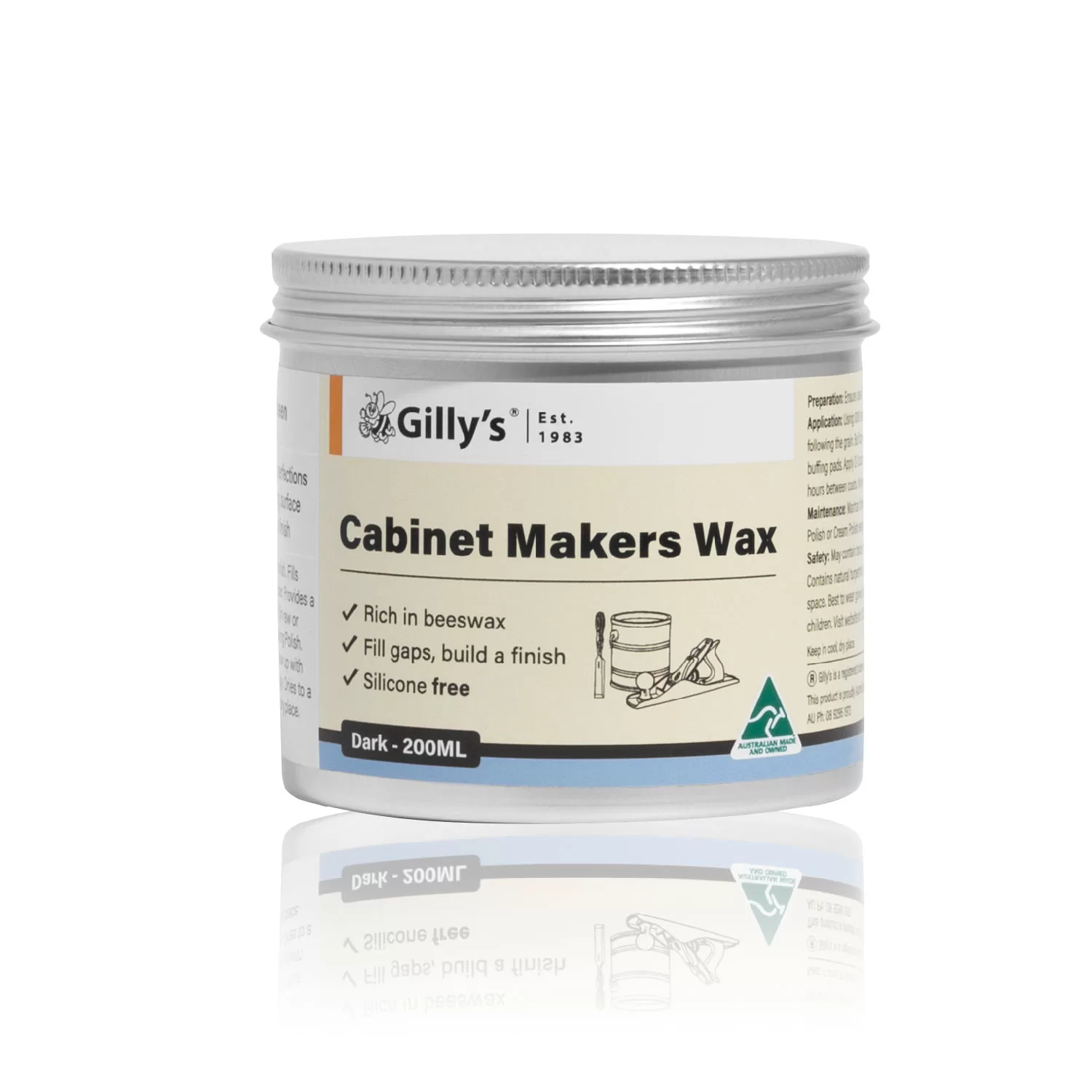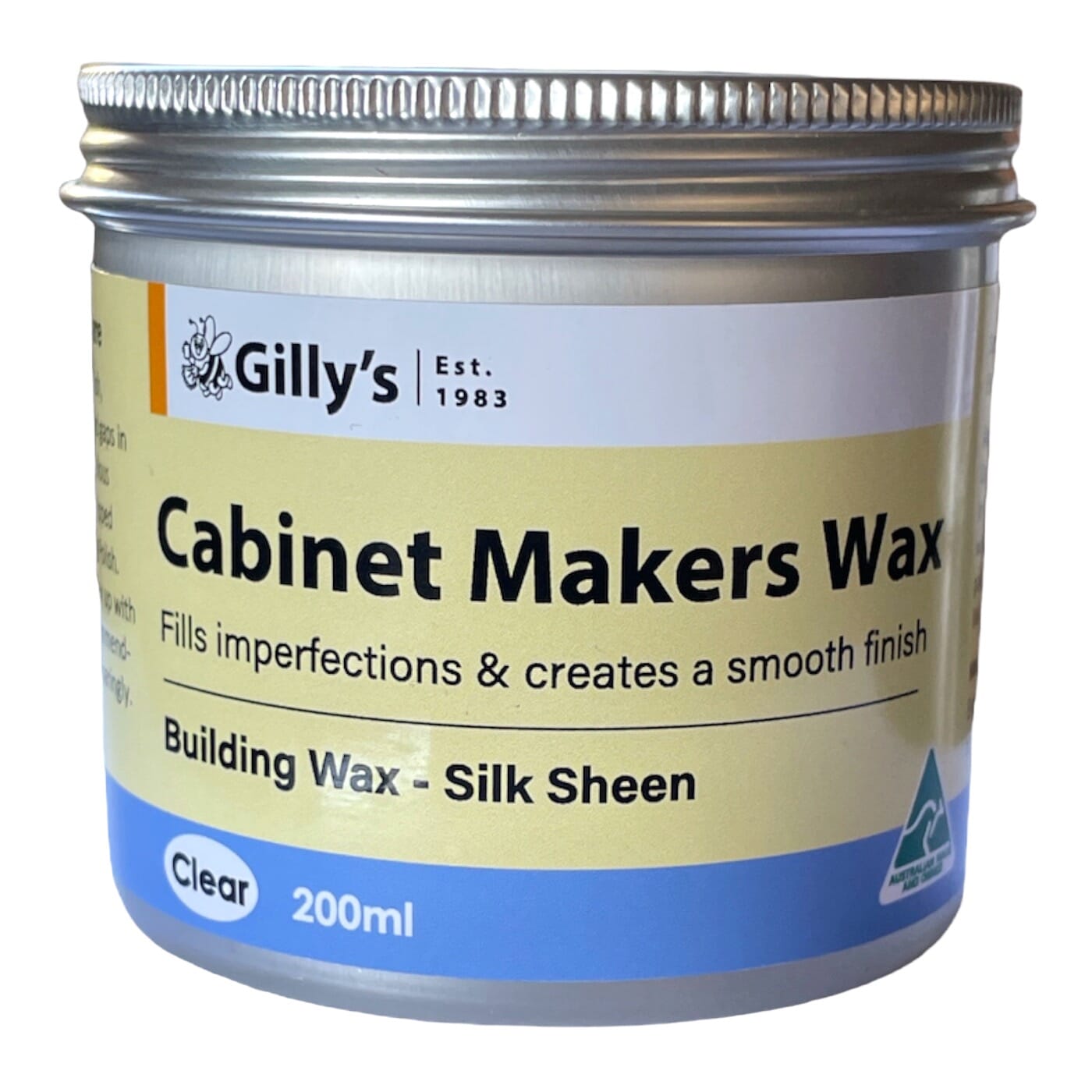Goddard’s Cabinet Makers Wax

Goddard’s Cabinet Makers Wax stands as a venerable choice amongst wood finishing products, prized for its ability to restore and protect fine furniture. Its rich history and enduring popularity speak to its effectiveness and ease of use, making it a favorite among both professionals and discerning hobbyists. This wax offers a unique blend of protection and enhancement, breathing new life into cherished wooden pieces.
Product Overview and Features
Goddard’s Cabinet Makers Wax is a traditional, high-quality furniture wax designed to nourish, protect, and enhance the beauty of wood. Key features include its blend of natural oils and waxes, which create a deep, lustrous sheen while protecting against minor scratches and surface damage. The wax’s non-abrasive nature ensures gentle treatment of even the most delicate wood finishes. Its subtle, pleasant scent further enhances the application experience. The product is available in various sizes to cater to different needs, from small touch-ups to larger restoration projects. The wax’s ability to fill minor scratches and imperfections contributes to a smoother, more uniform finish.
Comparison with Other Wood Finishing Products, Goddards cabinet makers wax review
Unlike harsh chemical-based polishes or varnishes, Goddard’s Cabinet Makers Wax offers a more natural approach to wood care. While polyurethane finishes create a hard, protective layer, they can sometimes obscure the natural grain and texture of the wood. Similarly, some oil-based finishes can take longer to dry and may yellow over time. Goddard’s wax, on the other hand, penetrates the wood’s surface minimally, enhancing its natural beauty without masking its character. It provides a protective layer without the build-up associated with other finishes, allowing for easy reapplication as needed. The wax’s ability to be buffed to a high sheen offers a level of customization unavailable with some other products.
Application Process
Preparation is key to achieving optimal results with Goddard’s Cabinet Makers Wax. Begin by thoroughly cleaning the wood surface to remove dust, dirt, and any previous polish residue. A soft, lint-free cloth is ideal for this step. Apply a small amount of wax to the cloth and rub it gently into the wood, following the grain. Allow the wax to dry for approximately 15-20 minutes, then buff it to a high sheen using a clean, soft cloth. For stubborn scratches or blemishes, multiple applications may be necessary. Aftercare involves periodic waxing to maintain the protective layer and the lustrous finish.
Comparative Analysis of Wood Finishing Products
| Product | Price (approx.) | Ease of Use | Finish Quality |
|---|---|---|---|
| Goddard’s Cabinet Makers Wax | $15-$25 | Easy | High-luster, natural |
| Howard Feed-N-Wax | $12-$20 | Easy | Satin sheen, nourishing |
| Minwax Paste Finishing Wax | $8-$15 | Moderate | Good protection, subtle sheen |
| Renaissance Wax | $20-$35 | Moderate | High-luster, archival quality |
Alternatives and Comparisons: Goddards Cabinet Makers Wax Review

Goddard’s Cabinet Makers Wax offers a traditional approach to wood finishing, but several alternatives exist, each with its own set of advantages and disadvantages. Understanding these options allows for informed decision-making based on the specific project and desired outcome. The choice depends heavily on factors like the type of wood, the desired level of protection, and the aesthetic finish preferred.
Goddards cabinet makers wax review – Several wood finishing products compete with Goddard’s Cabinet Makers Wax, each offering a unique blend of protection, durability, and aesthetic appeal. These alternatives include oil-based finishes like linseed oil and tung oil, water-based polyurethane, shellac, and lacquer. Direct comparison highlights the nuanced differences in application, longevity, and overall effect.
Comparison of Wood Finishing Options
The following table compares Goddard’s Cabinet Makers Wax with several common wood finishing alternatives. It considers cost, application method, and long-term effects to provide a comprehensive overview. Remember that costs can vary based on brand and quantity purchased.
| Finish Type | Cost (Approximate) | Application Method | Long-Term Effects |
|---|---|---|---|
| Goddard’s Cabinet Makers Wax | Medium | Rubbing/Buffing | Provides a subtle sheen, enhances the wood’s natural beauty, offers moderate protection against water and scratches; requires periodic reapplication. |
| Linseed Oil | Low | Rubbing/Wiping | Penetrates deeply, enhancing the wood’s color and grain; offers moderate protection; requires regular reapplication; can darken the wood over time. |
| Tung Oil | Medium | Rubbing/Wiping | Similar to linseed oil, but generally more durable and water-resistant; enhances the wood’s natural beauty; requires multiple coats for optimal protection. |
| Water-Based Polyurethane | Medium-High | Brushing/Spraying | Provides a durable, hard finish with excellent protection against scratches and water; available in various sheens; can yellow slightly over time. |
| Shellac | Medium-High | Brushing/Spraying | Creates a hard, durable finish with a warm amber tone; excellent for fine furniture; requires multiple thin coats; can be sensitive to alcohol. |
| Lacquer | High | Spraying | Provides a very hard, durable, and fast-drying finish; excellent protection; available in various sheens; requires specialized equipment for application. |
Application and Maintenance Differences
The application process varies significantly between these finishes. Wax requires rubbing and buffing to achieve a smooth, even finish. Oils are applied by wiping and rubbing into the wood’s surface. Polyurethane, shellac, and lacquer typically require brushing or spraying for even coverage. Maintenance also differs; wax requires periodic reapplication, while polyurethane and lacquer offer more long-term protection. Oils need regular reapplication to maintain their protective properties.
